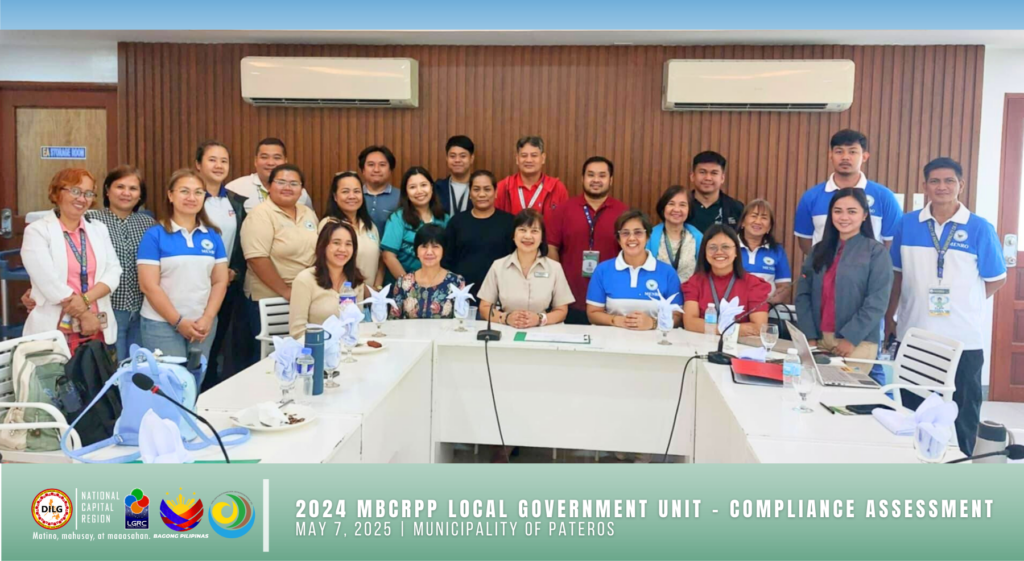
The Department of the Interior and Local Government – National Capital Region (DILG-NCR) has officially completed this year’s Local Government Unit Compliance Assessment (LGU-CA) for the Manila Bay Clean-up, Rehabilitation, and Preservation Program onsite validation and assessment on May 8, 2025.
Commencing on April 24, 2025, the assessment, conducted by the Regional Inter-Agency Committee (RIAC), covered all 17 Local Government Units (LGUs) in Metro Manila. The RIAC is composed of National Government Agencies including the Department of the Interior and Local Government – National Capital Region (DILG-NCR), Department of Health – Metro Manila Center for Health Development (DOH-MMCHD), Department of Public Works and Highways (DPWH)-NCR, Department of Environment and Natural Resources (DENR)-NCR, Environmental Management Bureau (EMB)-NCR, Metropolitan Manila Development Authority (MMDA), Laguna Lake Development Authority (LLDA), Metropolitan Waterworks and Sewerage System (MWSS), Department of Human Settlements and Urban Development (DHSUD)-NCR, and the National Housing Authority (NHA)-NCR. The committee also includes private institutions such as the Manila Water Company Inc. and the Maynilad Water Services Inc.
This vital mechanism serves to monitor LGU performance and compliance with environmental laws and policies, particularly in the areas of solid waste management (SWM), liquid waste management (LWM), and informal settler family (ISF) concerns.
The LGU-CA reflects DILG-NCR’s unwavering commitment to environmental governance and multi-agency collaboration in restoring Manila Bay to its pristine state. Building on the gains from previous validations and activities under the same Program, the ongoing assessment process ensures that LGUs are not only complying with legal mandates but also contributing meaningfully to sustainable urban management and environmental resilience.
As the battle for Manila Bay continues, the DILG urges all stakeholders, government agencies, local officials, and communities alike, to work together in preserving one of the country’s most vital ecological and cultural treasures.
